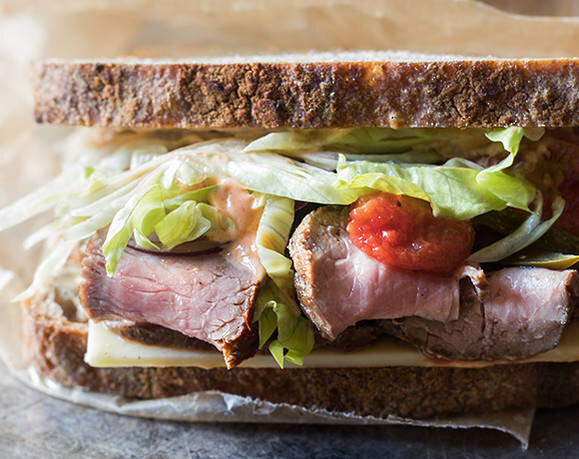HOME > NUTRITION > FACTS & ADVICE > HEALTHY DIETS
In today’s busy world we often find ourselves trying to strike the balance between juggling work, family and social commitments. For some, it can feel like there is often no gas left in the tank, or time in the day, for yourself after meeting the demands of everyone else. Health can be one of those things that some people put in the “too hard basket” but there are small, simple steps you can aim to introduce over time to optimise your health. One of these steps is looking at the types of food you are eating and how often you eat them.
The way you nourish (or don’t nourish) your body can affect everything from your day-to-day mood, energy levels, alertness to your long-term risk of disease and quality of life. It’s been drilled into us from a young age that we should be “eating a balanced diet”, but what does that look like? And how can you achieve that when juggling a busy lifestyle? Here are some of our top tips drawn from the Ministry of Health Eating and Activity Guidelines and the Heart Foundation’s portion size advice to consider:
The four parts to a balanced diet
Fruits and vegetables are a staple of any healthy, balanced diet. They come in all different colours, shapes and sizes and provide us with vitamins, minerals, antioxidants and fibre to help keep our bodies and gut functioning at its best. Adults should aim to eat at least two servings of fruit per day and at least five serves of vegetables per day for women and at least six for men. No two fruits or vegetables have the same nutrient content so the more variation you can have, the better.
Carbohydrates, such as breads, pasta, rice and starchy vegetables help fuel our bodies and brains and provide a source of fibre and vitamins. When we eat them they provide us energy to move, learn, work and concentrate. During a busy day you want long, sustained energy rather than quick, sporadic bursts. Therefore, try and incorporate at least six serves of wholegrain carbohydrates (e.g. whole oats, brown bread, brown rice, wholegrain crackers) or starchy vegetables evenly spread throughout the day.
Protein can be found in animal products providing the full array of essential amino acids (e.g. beef, lamb, pork, chicken, fish and eggs) or plant foods (e.g. legumes, nuts, seeds and tofu). Protein foods also provide a source of other nutrients, with animal products providing well absorbed iron, zinc and B vitamins, and plant proteins providing other nutrients and fibre, hence a role for a variety of both. New Zealanders should aim to eat at least two and a half serves of protein per day for women or at least three serves per day for men. For those who eat red meat, such as beef and lamb, it can be enjoyed up to 3 times per week as part of a varied, balanced diet.
Dairy foods, such as milk, yoghurt and cheese are a great source of protein, calcium, vitamins A and D that help strengthen our teeth and bones. Adults should aim to eat at least two and a half serves per day of dairy foods. Individuals who do not eat dairy products need to look for other calcium-rich sources of food.
For more information on a healthy diet click here.
How can I eat a balanced diet amid a busy lifestyle?
Meal and snack planning is a great way save money and time and reduce that “what’s for dinner?” “or “what can I snack on?” stress. By making meals or preparing snacks in advance, you can control what goes in to them, which can make them healthier than some store-bought options. For more information on meal planning click here and to see how a moderate amount of red meat can fit into a week of meals click here. Healthy snack options, such as chopped vege sticks (e.g. carrots, cucumber, celery) and hummus, wholegrain crackers and cheese, a piece of fruit, a pottle of yoghurt or a small portion of dinner leftovers are great options. Make sure you are mindful of your hunger cues and are not snacking for the sake of it.
If you are someone who prefers to eat out, try and make sensible café/restaurant choices as regular as possible. This includes looking for meals high in protein, wholegrains and vegetables. For example, a wholegrain sandwich with lean meat, a salad or a kebab stuffed with veges and some lean protein.
Spread your meals out evenly. The best way to sustain your energy levels across a long day is to avoid skipping meals and make sure you are eating breakfast, lunch and dinner with relatively even spacing between them.
Keep your fluids up. Often we mistake thirst for hunger. Try carrying around a water bottle on-the-go and keep it topped up throughout the day.
References
Ministry of Health. (2020). Eating and Activity Guidelines for New Zealand Adults: Updated 2020. Wellington: Ministry of Health.
Whitney, E., Rolfes, S.R., Crowe, T., Cameron-Smith, D., Walsh, A. (2011). Understanding Nutrition: Australian and New Zealand Edition. 1st edition. Cengage Learning. Melbourne, Australia.









